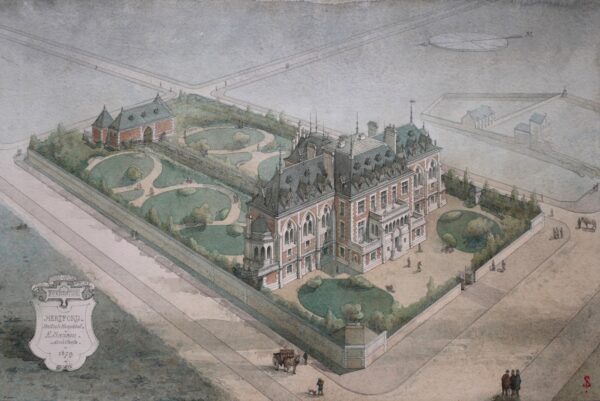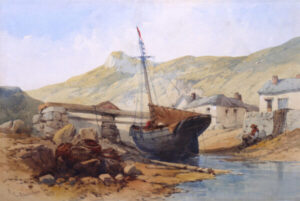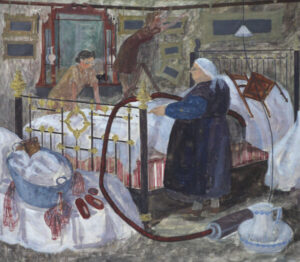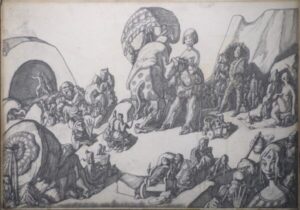Description
The building is located at Levallois-Perret in France and was constructed by the architect Paul-Ernest Sanson for Sir Richard Wallace (1818-1890), a Member of Parliament of Great Britain and Ireland. Sanson was a distinguished French architect who trained in the Beaux-Arts manner. He entered the École des Beaux-Arts de Paris at the age of eighteen, and followed the courses offered by Émile Gilbert. Having received his diploma in 1861, he apprenticed first in the office of Denis-Louis Destors and Charles-Auguste Questel and then with Antoine-Nicolas Bailly, who passed his practice to Sanson when he retired in 1865. Sanson quickly made a grand reputation among aristocrats and the rich haute bourgeoisie for his châteaux and grand Parisian town houses.
The Hospital was inaugurated in 1879 by Lord Lyons, the British Ambassador to France and was originally intended to serve the English community resident in France, but was in due course opened to French patients also.
When Sir Richard Wallace died his widow, Julie Amélie Charlotte was his sole inheritrix. In her will, Julie, Lady Wallace, bequeathed all her husband’s collections and properties to the British government (most acquired by Lord Hertford) which formed the “Wallace Collection”, with the exception of the collections and the Chateau of Bagatelle in Paris, which was left to her counsellor Sir John Murray Scott.
The hospital continued with a military and civil role during both World Wars, but today functions as a private non-profit making organization. The hospital forms part of the French Public Health Service. The hospital’s main patron from 1937 until her death was the Queen Mother, and at her request, staff from the hospital were invited to the celebration of her 100th birthday in London. The relation with the Hertford family has come full circle today with the 9th Marquess of Hertford becoming the current patron of the hospital.
The Hertford British Hospital is still registered as a Charity in the UK, and in France is operates as a not-for-profit foreign Association under the so-called “Loi 1901” governing such organisations.
Peter Howard, has written a complete history of the Hospital, entitled “Sir Richard Wallace – Le Millionaire Anglais de Paris – and The Hertford British Hospital.” The book is published by the Grimsay Press.



